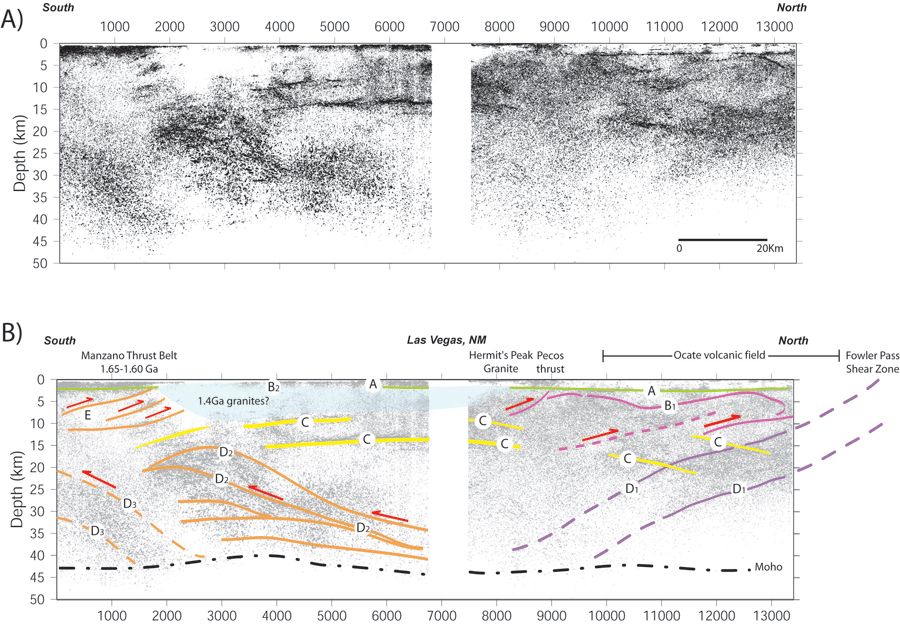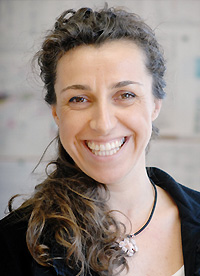My
research
focuses mainly on the
study of continental lithosphere formation and
evolution through active
source seismic investigation, both on land and
marine. Investigating
the continental lithosphere poses an
exceptional challenge because
unlike the
oceanic lithosphere, the continental
lithosphere does not have a common
mode of
origin, as it is an assemblage of diverse
compositional elements with
different thermal and tectonic histories.
During the past years my colleagues and I have
been studying the
tectonic evolution of several continental
areas, including the
Apennines (project CROP03), the Rocky
Mountains (CD-ROM project) and
the SE Caribbean plate boundary (BOLIVAR
project), through the analysis
of different data sets including reflection
and refraction data both
acquired as part of the projects and provided
by the industry. More
recently I begun working on the New Madrid
Seismic Zone, an enigmatic
portion of the North American mid continent
characterized by a
surprising seismic activity.

Depth
migrated
CD-ROM
seismic
reflection
profile
across
the
Jemez
Lineament
(New Mexico, USA). The data image the buried
suture resulting from the
collision between the Mazatzal island arc
and the Yavapai
proto-continent (B and D structures). The
double-vergent
Paleoproterozoic suture is overprinted by
1.4 Ga granites and mafic
sills (C reflectors). The age of these mafic
intrusions is still
unknown but it could be either 1.1 Ga or
associated with the Jemez
Lineament Cenozoic volcanic trend,
suggesting that the Paleoproterozoic
suture still plays a role in localizing the
deformation after 1.65 Gyr.
(after Magnani
et al., 2004)
I
recently started applying the reflection and
refraction methods to the
imaging of much shallower targets, (10 - 500m
depth), mostly for
environmental (Ogden, Utah), hydrologic
(Memphis, Tennessee) and
neotectonic purposes (Mississippi Embayment).
Long CV (probably more
than you
want to know)
The short and sweet
version is
here.



